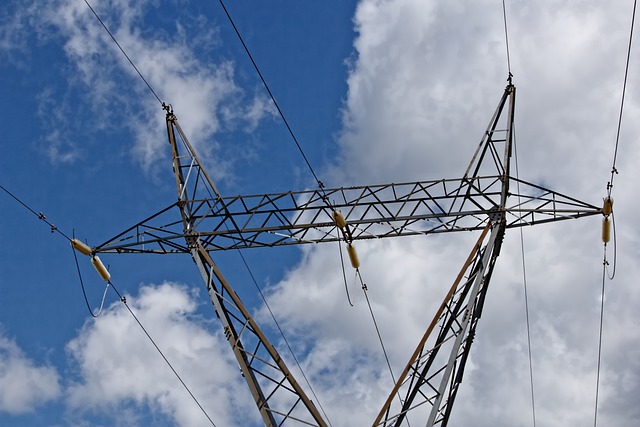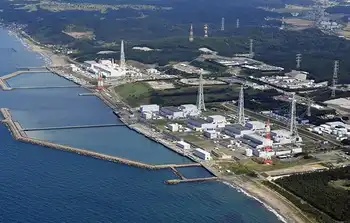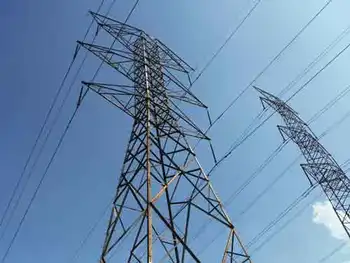ABB secures major substation contract
By Industrial Info Resources
CSA Z462 Arc Flash Training - Electrical Safety Essentials
Our customized live online or in‑person group training can be delivered to your staff at your location.

- Live Online
- 6 hours Instructor-led
- Group Training Available
The substations will be in Indore and Gwalior, in Madhya Pradesh. The scope of the contract includes engineering, manufacturing, supply and installation of air-insulated 400-kilovolt kV and 765-kV substations and associated switchgear, surge arrestors, capacitative voltage transformers and circuit breakers.
ABB also will supply substation automation and control systems that will be IEC-61850-system compliant. The new substations will improve the efficiency of power transmission to the grid. The transmission substations will be part of the Associated Transmission System ATS for the 4,000-megawatt MW Sasan ultra-mega-power project UMPP.
Recently, ABB secured a $40 million contract to supply three new substations at Tiroda, Akola and Koradi for Maharashtra Eastern Grid Power Transmission Company Mumbai. The delivery is expected to be completed by 2012.
The Sasan UMPP, which is being developed by Reliance Power Limited, will consist of six units of 660 MW each. While the first unit is expected to begin operations in December 2011, the next four units are likely to be commissioned by December 2013. The last unit is expected to be ready for commercial operations in 2013. PGCIL is constructing and upgrading transmission lines to connect the UMPP to the regional grid.
The ATS construction project will include:
• Augmenting substations at Bina and Gwalior to 2,000 megavolt-amperes MVA, 765/400 kV
• Construction of 3,000-MVA, 765-kV/400kV substation at Indore
• Laying of 765-kV series capacitator line linking Bina with Indore
• Construction of 765-kV series capacitator lines connecting Satna and Bina
• Construction of 2,000-MVA, 765/400-kV substation at Satna
• Series capacitator lines and 765-kV line bays for linking Bina and Seoni, and Agra with Gwalior and Bina.
In addition to Madhya Pradesh, which will receive 1,500 MW from the Sasan UMPP, the states of Delhi, Punjab, Uttarakhand, Haryana, Uttar Pradesh and Rajasthan also will benefit from this project. PGCIL, in association with leading power technology manufacturers, is also constructing a 1,200-kV national test station at Bina, in Madhya Pradesh.
Madhya Pradesh, which is among the least industrialized states in India, is focusing on developing its power and infrastructure sectors. In the recently concluded investor summit, the state government signed memoranda of understanding with a combined investment value of $30 billion with public and private sector power producers. According to Shivraj Chauhan, the chief minister of Madhya Pradesh, the state is expected to generate surplus power by 2013-14.
Recently, power generator NTPC Limited announced plans to invest $4.54 billion on a 3,960-MW, coal-fired power project at Barethi. The power division of Moser Baer Power India Limited is setting up three power plants with a combined capacity of 4,000 MW in Madhya Pradesh and Chhattisgarh. Reliance Power, which received a $917 million export guarantee from the U.S. Exim Bank, will increase its power generating capacity in the state from 8,000 MW to 10,000 MW.
Construction also has commenced at the company's proposed 4,000-MW power project at Chitrangi. Adani Power Limited is also spending $2.27 billion to $2.5 billion on a 2,000-MW power project. The company is also developing a 40 million-ton-per-year coal mine at Chendipada. Finally, the Jaypee Group is constructing a 1,320-MW project based on supercritical technology at Nigri.











